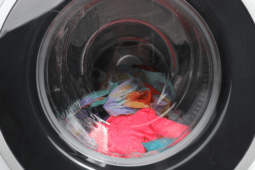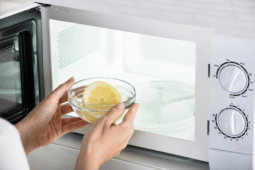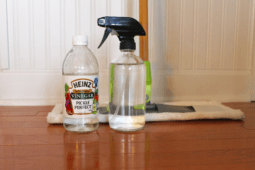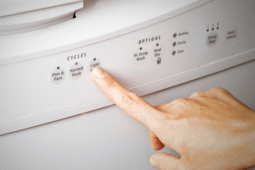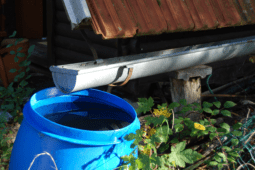You’ve Been Using Your Dishwasher Wrong This Whole Time
Dishwashers are meant to make our lives easier by saving time and effort. However, many of us may not realize that we’ve been using our dishwashers the wrong way for years, which can lead to inefficiency, increased wear and tear, and even long-term damage to the appliance. If you want your dishwasher to work better and last longer, it’s important to learn the best practices. Let’s take a look at some of the most common mistakes people make and how to correct them.
1. Overloading the Dishwasher
It’s tempting to pack as many dishes as possible into the dishwasher to save time, but overloading can do more harm than good. When dishes are crammed too closely together, the water jets can’t reach all surfaces, resulting in spots, residue, and even food particles left behind. Additionally, an overloaded dishwasher can strain the motor and damage the racks over time.
To avoid this, make sure to follow your dishwasher’s loading guidelines. Leave space between dishes to allow water to circulate freely, ensuring a thorough cleaning. It’s also important to load larger items, like pots and pans, on the bottom rack and smaller, more delicate items, like glasses, on the top rack.
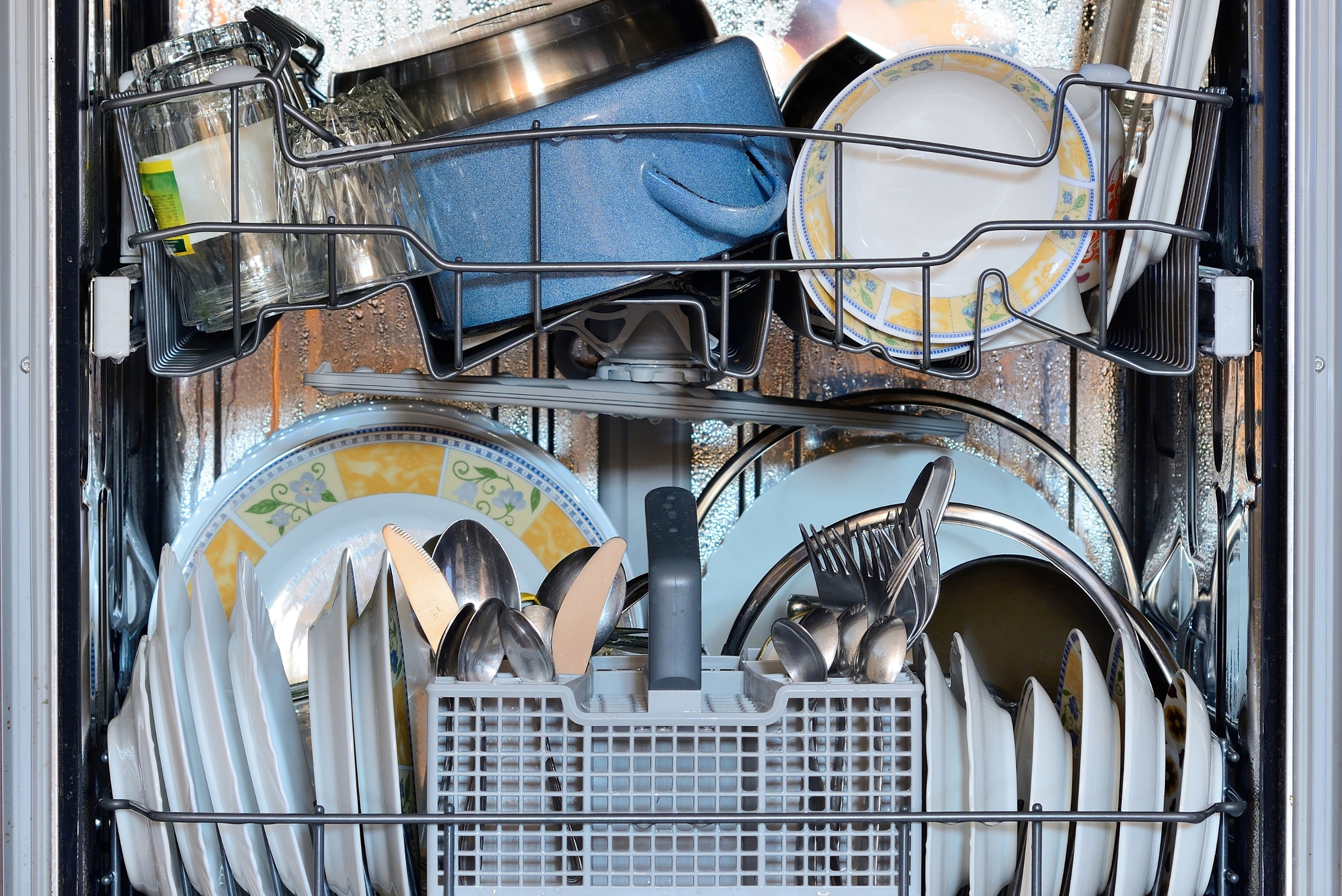
2. Pre-Rinsing Dishes Too Much
Many people think they need to scrub or pre-rinse their dishes before putting them in the dishwasher. However, this is usually unnecessary and can actually decrease your dishwasher’s effectiveness. Modern dishwashers are designed to clean food particles, and rinsing too much can prevent your dishwasher from working its best by reducing the amount of food residue it needs to clean off.
Instead of fully rinsing, scrape off excess food from plates and bowls. Your dishwasher’s sensors will do the rest. If you find that your dishwasher struggles with tough-to-remove stains, you may want to adjust the cycle or use a higher-quality detergent.
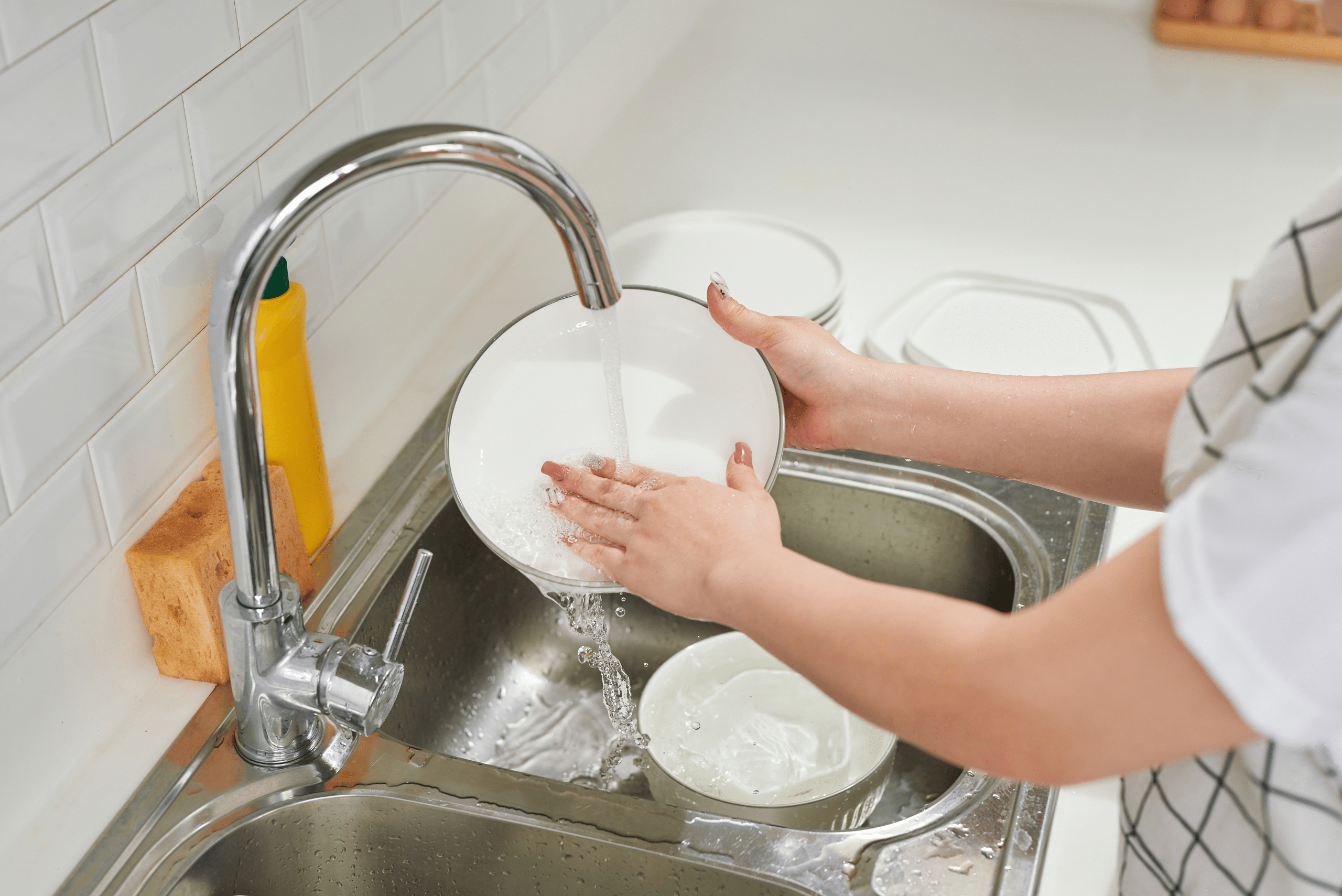
3. Using Too Much Detergent
While it might seem like using extra detergent will lead to cleaner dishes, using too much can actually create a buildup of soap residue that clings to your dishes and dishwasher. This can lead to spots, cloudiness, and even clog the dishwasher’s filter.
Instead, use the recommended amount of detergent for the load size and type of wash cycle. In most cases, less is more. If you’re noticing residue on your dishes, you may need to adjust the detergent amount or switch to a different brand.
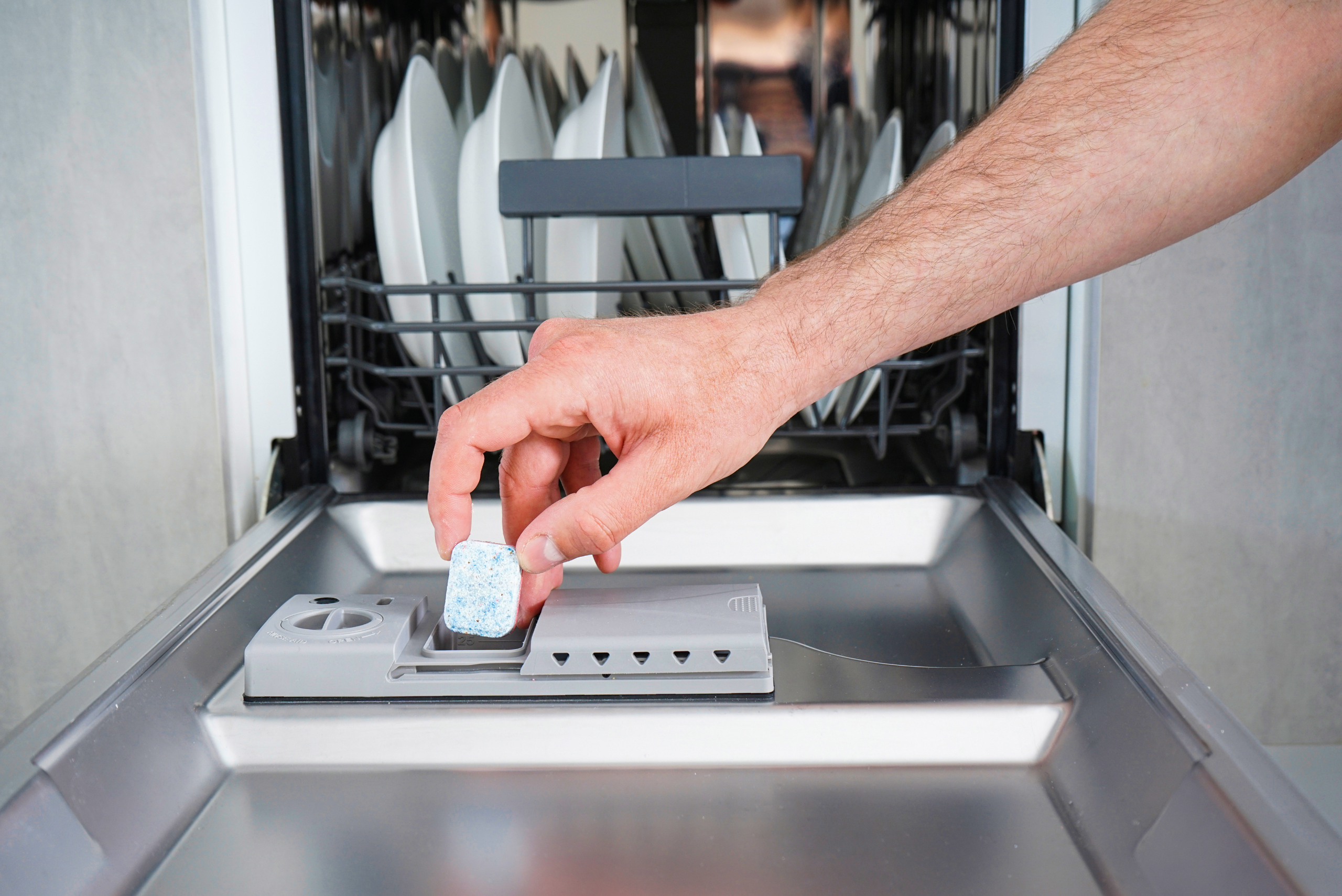
4. Not Cleaning the Dishwasher Regularly
Like any appliance, your dishwasher needs regular maintenance to stay in peak condition. Neglecting to clean the dishwasher’s filter, spray arms, and interior can cause clogs, poor drainage, and a decrease in cleaning power. Food particles and soap residue can accumulate over time, making it harder for your dishwasher to perform its job effectively.
To keep things running smoothly, clean the filter every few weeks and check the spray arms for blockages. Running an empty cycle with a dishwasher cleaner or a cup of vinegar once a month can also help eliminate buildup and keep odors at bay.
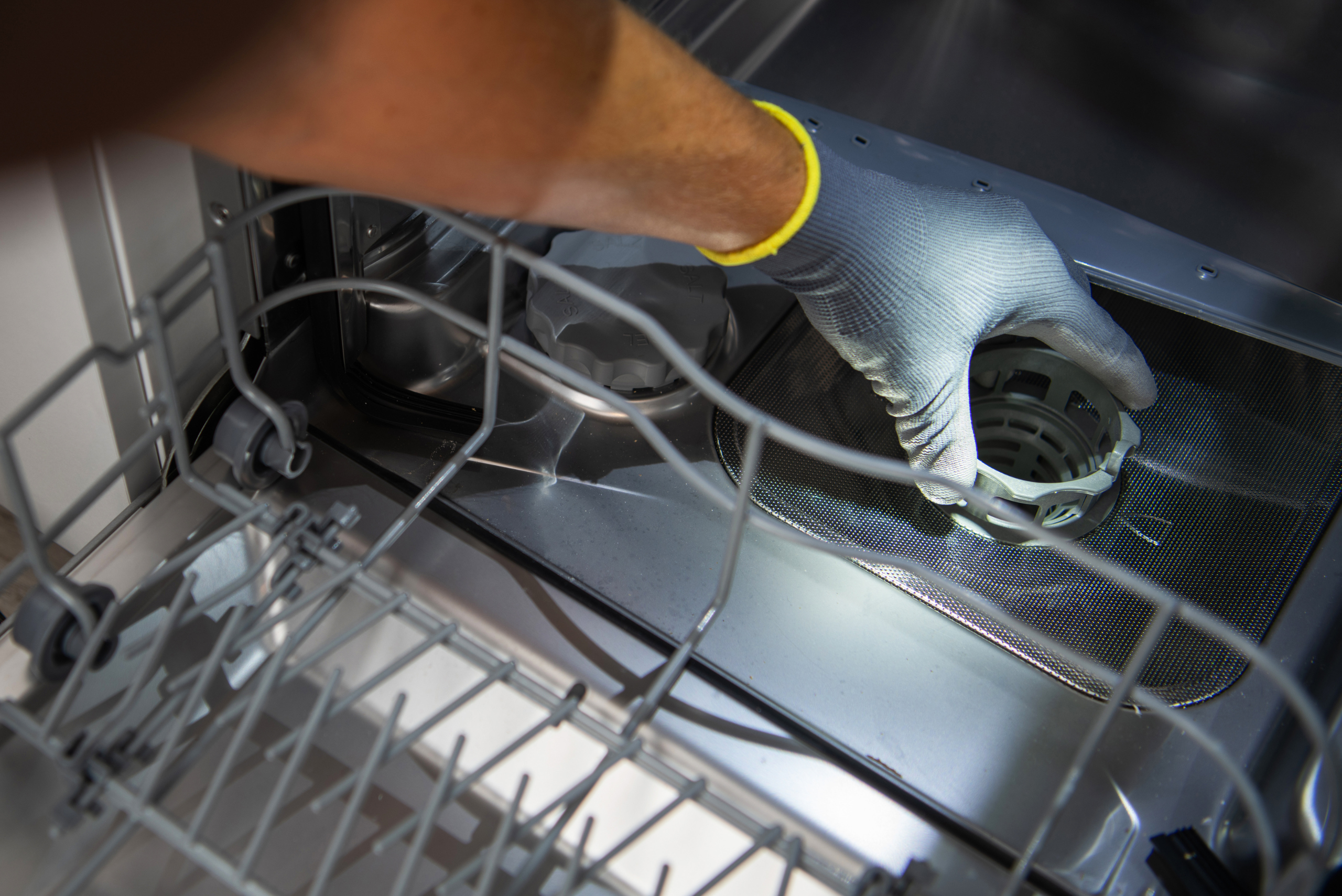
5. Not Loading Silverware Correctly
Many people make the mistake of just throwing their silverware into the dishwasher’s basket without a second thought. However, not loading silverware properly can result in items clumping together, which prevents them from getting cleaned properly. Additionally, placing knives with the blade facing up can be a safety hazard.
To avoid this, place knives with the blade facing down, and arrange forks and spoons so that they don’t touch each other. It’s also helpful to mix up the silverware, with some items facing up and some facing down, to allow water to reach all surfaces.
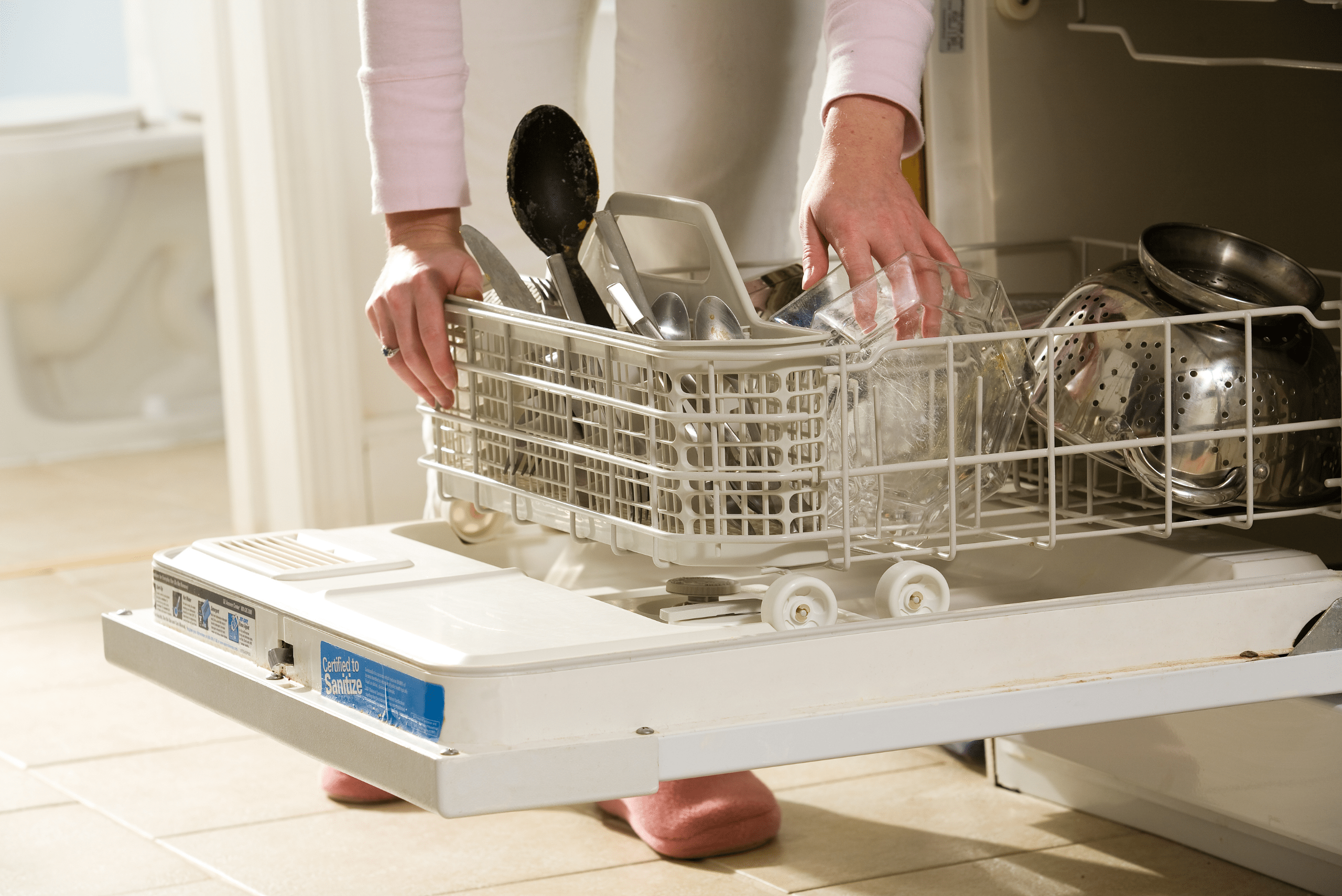
6. Using the Wrong Wash Cycle
Not all dishes need the same amount of cleaning power, yet many people select the same wash cycle for every load, regardless of what’s inside. For example, using a heavy-duty cycle for a light load of cups and bowls is wasteful and inefficient. Similarly, running a quick wash cycle for heavily soiled pots and pans won’t provide the best cleaning.
Be sure to select the appropriate cycle based on the load. If you’re washing delicate items, such as glasses or fine china, use the gentle cycle. For pots, pans, and other heavy-duty items, choose the intensive cycle to ensure a thorough clean.
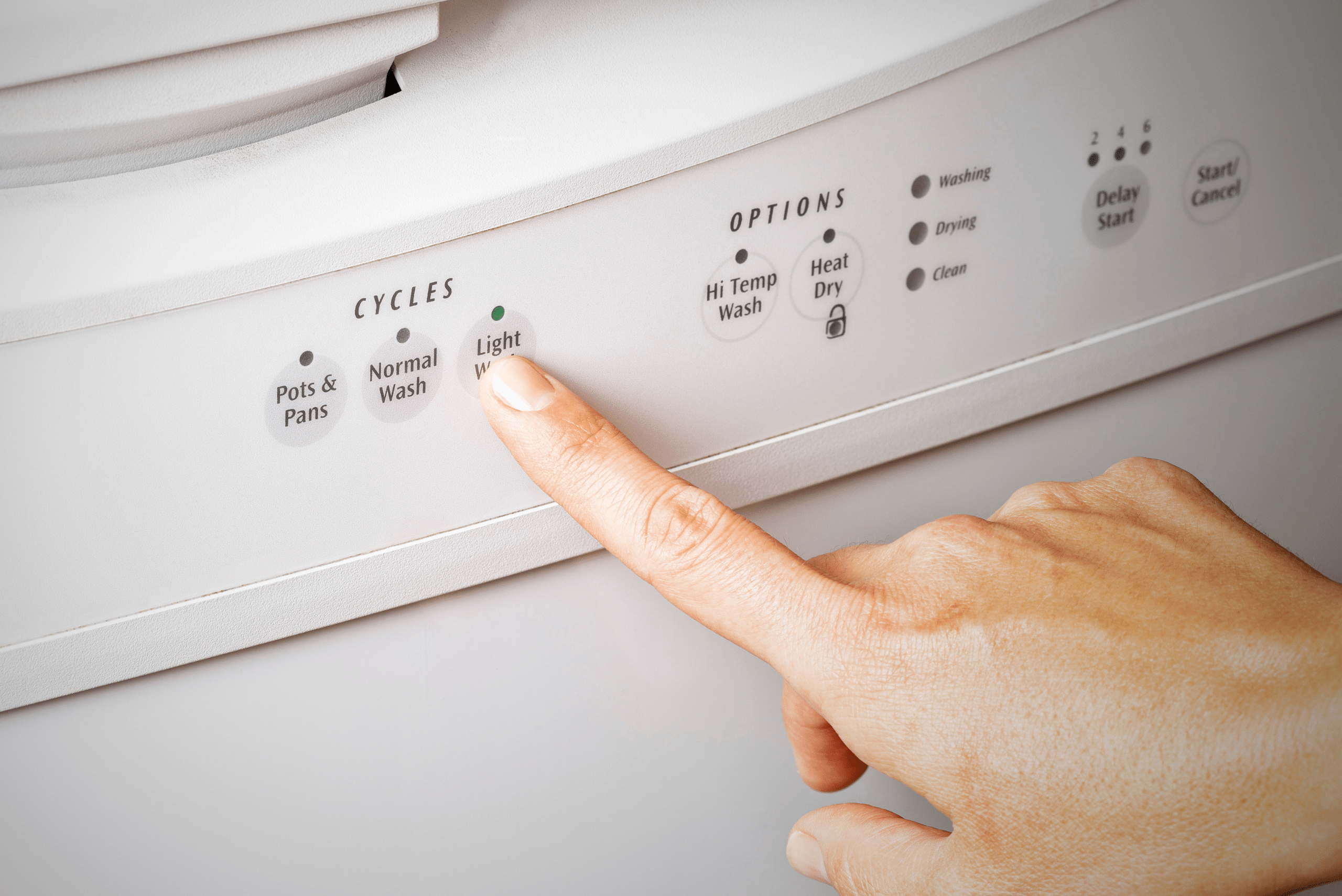
Related Articles
- 4 Items You Should Always Place on the Top Rack of Your Dishwasher
- Smart Tips That Will Save You From Calling a Plumber
- 11 Surprising Home Maintenance Misconceptions You Should Know
By making these simple adjustments, you can ensure that your dishwasher runs more efficiently, cleans better, and lasts longer. Properly loading, maintaining, and using the right settings can save you time, energy, and money on repairs in the long run. So, the next time you load up your dishwasher, keep these tips in mind to get the best results with minimal effort. Your dishes and your dishwasher will thank you!

